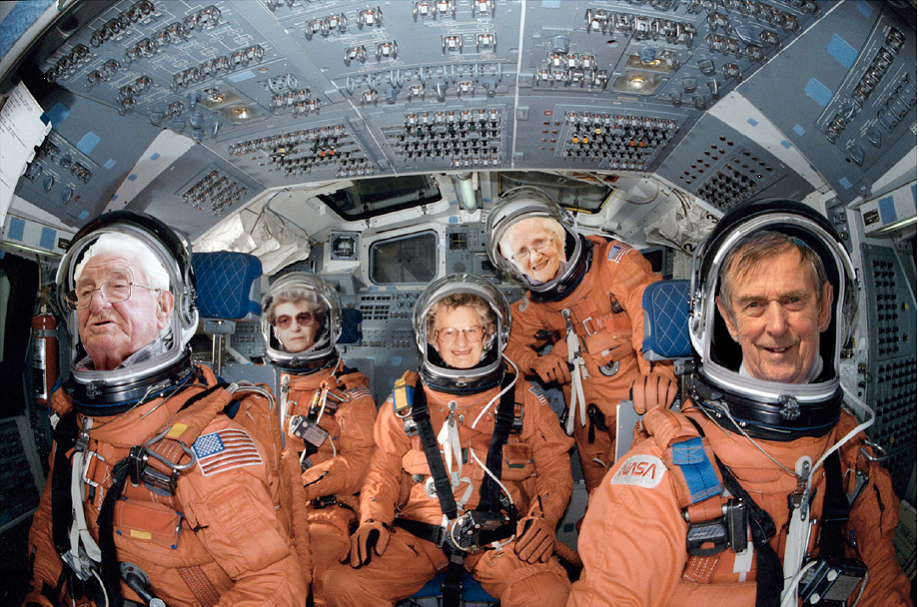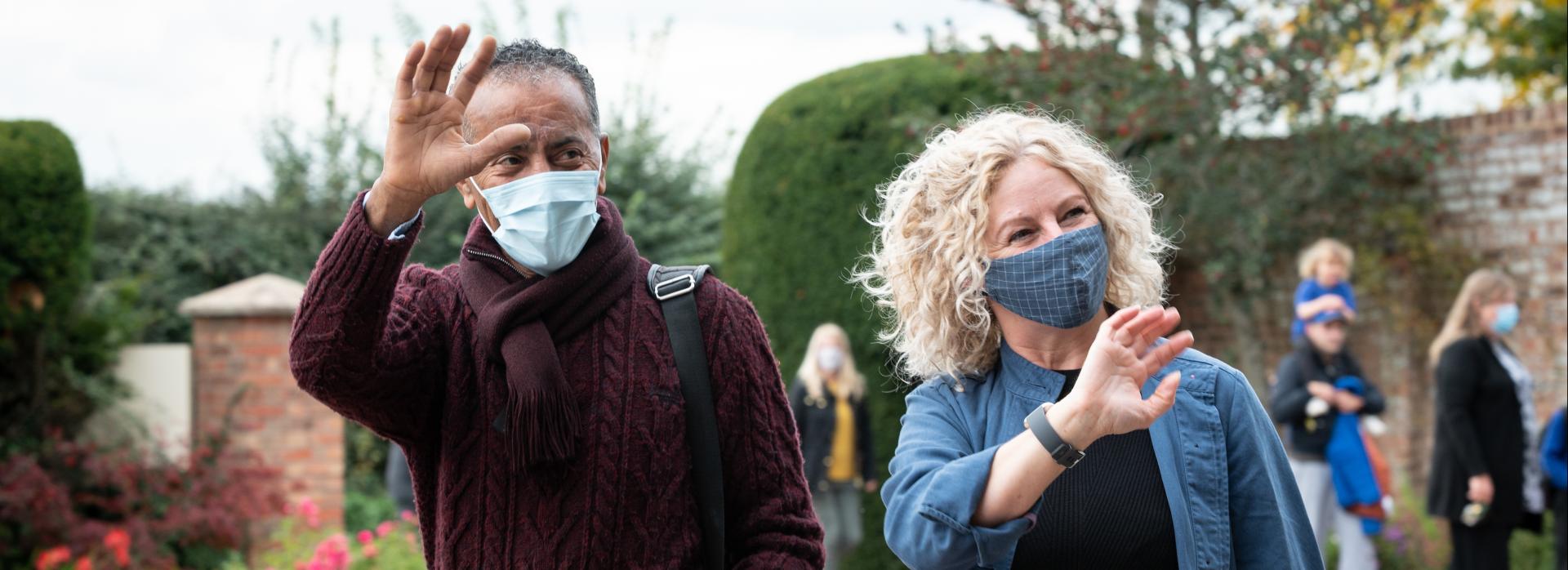A new report, recommendations and collection of case studies of work reaching people resident in hospitals, care homes, hospices, prisons and other institutions during the pandemic, led by the Culture, Health & Wellbeing Alliance in partnership with Live Music Now, Music for Dementia, Music in Hospitals and Care, the National Criminal Justice Arts Alliance, the National Performance Advisory Group (NPAG) for Arts, Design and Heritage in Healthcare, Paintings in Hospitals and Performing Medicine. The report was published in April 2021.
Recommendations: for funders, commissioners and policymakers
- Celebrate, acknowledge, and learn from this work
- Support creative freelancers through the pandemic and its aftermath
- Invest in culture, health and wellbeing programmes and the partnerships that underpin them
- Support training and research that will help the cultural sector to address health inequalities
- Support training and research to help practitioners develop successful digital or blended approaches
- Increase flexibility, trust and accessibility in funding systems
You can read the full report here, and see all the case studies below. See coverage in Care Management Matters here.
Key points
Who was this work designed to support?
Most projects served more than one group of participants. The largest proportion of projects were designed for older adults in residential care (37%). Other key groups included people living with dementias (20%); adults in mental health institutions (20%); NHS staff, adults in hospitals, and young people in hospitals (17% in each case); people serving sentences (15%); and care home staff (13%). Most organisations aimed to reach both people they had worked with before the pandemic, and new participants.
How many people took part?
Respondents estimated numbers based on everything from direct one-to-one participation, to YouTube views, so it’s hard to reach a sensible estimate, but it seems likely an average of over 1,000 people benefitted from each project, albeit to differing degrees. Some work deliberately focused on small groups (Theatre for Life worked with 12 young people in Southampton Children’s Hospital, for example) and others aimed for a far broader reach (Live Music Now, for example, continue to reach thousands of people at care homes around the country).
What did the organisations do?
Just under half the projects featured online workshops, just over a third used pre-recorded performances, just under a third distributed activity packs or similar. Just under a quarter developed exhibitions, or coproduced artworks of various kinds with participants. The same number used live, online performance to reach their audiences. A fifth worked on exhibitions and a similar number created co-produced artworks. Other work was hugely varied but included activity packs specifically designed for staff, as well as postcards, radio programmes, phone-based workshops, outdoor performance and, when safe, one-to-one work.
What outcomes were the projects aiming for?
The common thread across all the work is culture and creativity as a social intervention – building on a growing evidence base documenting the relationship between creative practice and health and wellbeing in their broadest senses. The projects can universally be related to the Five Steps to Wellbeing: Connect with other people, Be physically active, Learn new skills, Give to others, and Pay attention to the present moment (mindfulness).
Within this, organisations aimed for a huge variety of outcomes. Just under half specifically aimed to improved participants’ wellbeing; over a quarter aimed to support staff wellbeing in institutions, although this was perceived as a knock-on effect of other projects, too. Over a third of projects were designed to tackle loneliness or isolation; a quarter spoke about supporting social or family connections.
Other outcomes included providing meaningful activity, skills development, challenging boredom, and building participants’ confidence. Much of this could be described as early intervention to prevent the onset of apathy and depression, to build a sense of feeling worthwhile. Some organisations also sought to develop health and care staff’s skill and confidence in delivering creative activities themselves.
Thank you to everyone whose case studies are below: AgeCymru, AirArts, Artfelt, Arts@StAndrew’s, Arts Together / Opera North, Arts Uplift CIC, Beating Time, The Box, Bright Shadow, CARIAD (Cardiff Metropolitan University), Creative Dementia Arts Network, Ex Cathedra, Funder Films CIC, Give a Book, GOSHArts (Great Ormond Street Hospital), Hearts and Minds, Keneish Dance, Key Changes, Live Music Now, Ludus Dance, Heads On (Sussex Partnership NHS Foundation Trust’s charity), Music in Hospitals and Care, Musical Moments, Novus, Odd Arts, Open Eye Gallery, Orchestra of St John’s, Orchestra of the Swan, Oxford Health Arts Partnership, Oxford Hospitals Charity, Oxford Playhouse, Paintings in Hospitals, Performing Medicine, Plymouth Music Zone, rb&hArts (Royal Brompton & Harefield Hospitals), Sing Inside, Southbank Centre, Spitalfields Music, Tyne & Wear Archives & Museums, University of Cambridge Museums, Vamos Theatre, Voices Across Time, and UCLH Arts and Heritage (University College London Hospitals NHS Foundation Trust).
Read our July 2020 report on creativity and culture for people shielding at home here.

Image: cARTrefu (Age Cymru)


